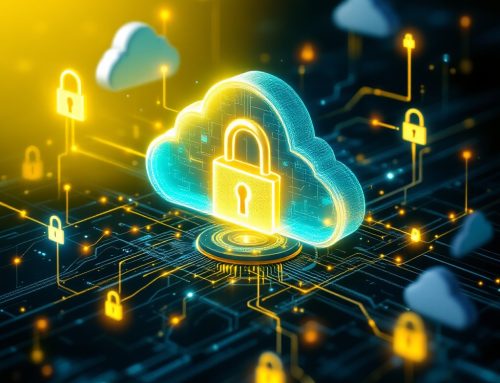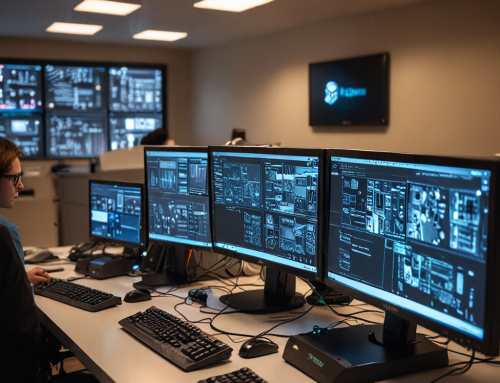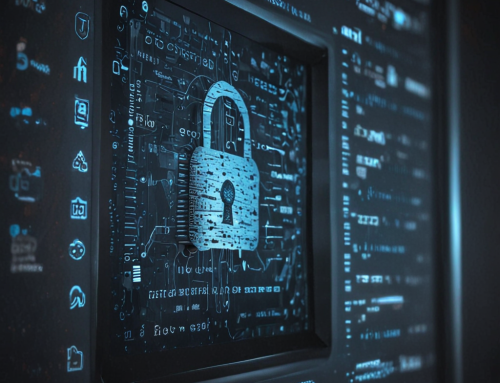Throughout history, we find reminders that progress is by no means inevitable. The lesson for today might be that network security protection is of even greater importance than we might imagine, because progress can be halted and reversed, sometimes for many lifetimes. The reminders are literally monumental. Here and there on the planet, a handful of physical reminders still stand, where civilization teetered on the brink of reversal – or even saw progress itself eclipsed, sometimes for centuries.
Consider the ancient Pantheon in Rome, still standing. This wonder of the world witnessed the onslaught of Barbarians that finished the Roman empire, bringing down the curtain on the majestic and pivotal Pax Romana, thus ending two centuries of growing order and security, and the relative peace, prosperity, and progress that had begun with the rule of Caesar Augustus. What began with that fall was a period of chaos and violence that we call the Dark Ages, and it lasted 500 years.
Today, civilization itself has become utterly dependent on the rapid collection, analysis, and sharing of data. Such basic elements of society as power, water, and transportation now perch precariously on the fulcrum of effective network security protection. In response, it is projected that $6 trillion will be spent globally on cybersecurity by 2021. And yet, for the vast majority of systems and installations, the physical points of access to our vital information and data networks remain unguarded.
The Nature of the Threats Today
There is a hacker attack every 39 seconds, as reported by a Clark School study at the University of Maryland, affecting one in three Americans every year. Though no industry is immune, 95% of breached records came from just three industries in a recent year, government, retail, and technology. And yet, 43% of cyber-attacks were against small businesses. The study reports that more than 75% of the healthcare industry was infected with malware last year, half a billion personal records were stolen, and the average data breach this year will exceed $150 million.
The visible data ports and connections might be overlooked for network security protection, but they certainly have not been overlooked by saboteurs and others intent on inflicting damage. Some of the most consequential examples of cyber-espionage and cyber-sabotage were inflicted by innocent-looking flash drives scattered – like bait – in parking lots and plugged into sensitive data systems by surprisingly naïve persons who simply wanted a free device for storing and transferring data.
Even more widespread are the daily breeches of network security protection in which authorized personnel thoughtlessly charge or sync their personal mobile device through a USB port at work. The people who inflict this untold damage are not by any means ignorant or unqualified. In fact, research has shown that this behavior occurs in even the best-trained, most thoroughly indoctrinated personnel, including authorized operatives at sensitive, high-security agencies.










